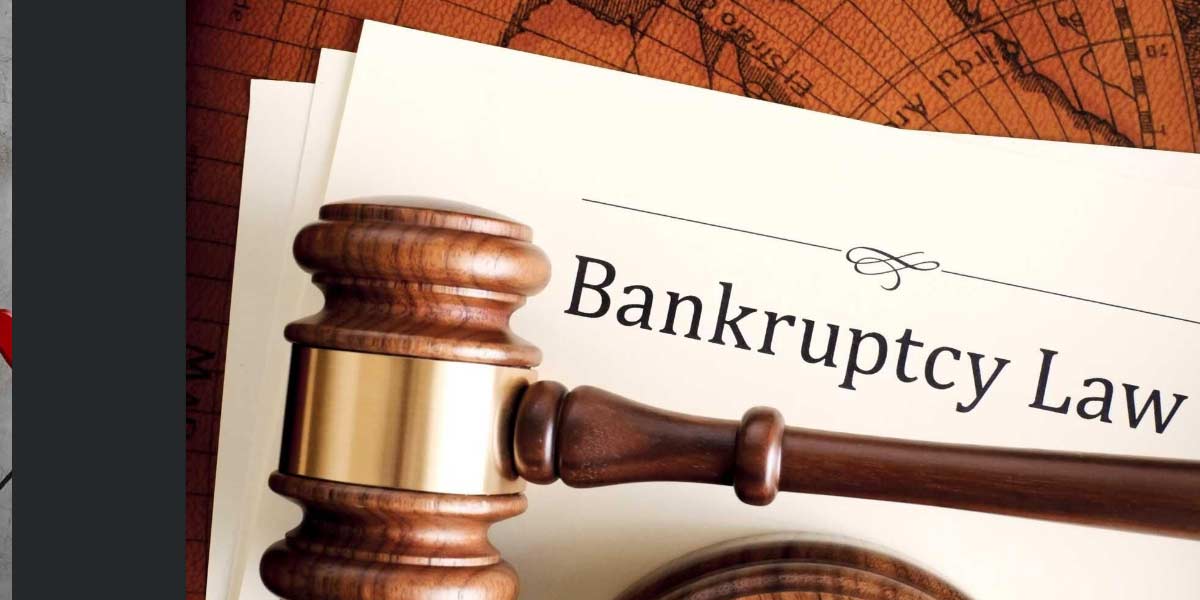Live
- Bramha Kumar appointed as India's next Ambassador to Zimbabwe
- A wellness journey in Azerbaijan’s great Caucasian Forest
- Boeing’s Starliner to fly 1st crewed mission to space on May 6
- Indians up their spending on dieticians by 125 pc in FY24: Report
- Tesla layoffs reminder of Twitter sackings, some departments lose 20 per cent staff
- Can Meditation and Mindfulness Help you Propel your Career?
- People in Karnataka won't tolerate ‘rowdyism’ in politics: Bommai
- Iran's President again warns Israel against counterattack
- Atlantis Dubai secures IBCCES Certified Autism Center designation
- Canadian government too emulating TN Chief Minister's school breakfast scheme: Udhayanidhi Stalin
Just In

The Insolvency and Bankruptcy Code IBC, which turned two this month, remains a work in progress despite creditors getting record recoveries and a rise of neverbefore opportunities to exit and buy businesses in India
The Insolvency and Bankruptcy Code (IBC), which turned two this month, remains a work in progress despite creditors getting record recoveries and a rise of never-before opportunities to exit and buy businesses in India.
To explain IBC's birth, Insolvency and Bankruptcy Board of India (IBBI) Chairperson MS Sahoo last week recalled a dialogue in a novel by Ernest Hemingway - ‘How did you go bankrupt?' and the response is ‘Gradually and then suddenly'.
This was to illustrate the fact that the insolvency reform was in the works since 1992 but was suddenly made operational from December 1, 2016 with no prior experience of a regime that should be proactive, incentive-compliant, market-led and time-bound.
While the insolvency reform was ‘gradual and then sudden', IBC, which in Finance Minister Arun Jaitley's words was hurriedly put in place due to necessity because every other solution had effectively failed, will achieve its objective gradually.
"The road to success is always under-construction," Sahoo said. IBBI is responsible for implementing the Code and regulates both the profession and the processes. IBC has been undergoing changes including two major amendments in 2018.
While IBC Amendment Act 2018 replaced an earlier ordinance on Section 29A that debars loan defaulters from bidding for stressed assets, the second change through an ordinance gave rights to homebuyers to be the financial creditors. Even as major changes and fine-tuning continue in the regulatory framework and the ecosystem, Jaitley said, "the first two years have been more than satisfactory. It has worked on at a reasonable pace. The early harvest has been reasonably good."
Till date, IBC has resolved cases involving debt of Rs 3 lakh crore comprising Rs 1.2 lakh crore at the pre-admission stage, another Rs 1.2 lakh crore through 60 resolved cases and about Rs 60,000 crore NPAs that turned standard accounts.
The average recovery in the 60 resolved cases is around 47 per cent as against 26 per cent under the earlier Board for Industrial and Financial Reconstruction (BIFR). Of the total 9,000 cases, 4,800 are resolved or under active resolution.
Jaitley, in his recent address to fund houses and law firms in New York, said India's bankrupt companies offer a never-before opportunity to the global investors to ride the country's exceptional growth trajectory - thanks to the IBC.
"Given the future potential of the Indian economy and the fair process followed under the Code, it is a great opportunity for investors who are seriously thinking about investing in India," he said via video conferencing at the event. Tata Steel acquired Bhushan Steel through its subsidiary for about Rs 37,000 crore in May 2018 under the IBC. Tata Sons Chairman N Chandrasekaran recently said IBC window gives an opportunity as putting greenfield projects is not easy.
Another major resolution nearing completion is that of Essar Steel, for which the world's largest steelmaker, ArcelorMittal, has proposed an upfront payment of Rs 42,000 crore to its lenders and an additional Rs 8,000 crore towards capital expenditure.
However, the resolution process for Essar Steel has extended beyond 270-day deadline of April 29, 2018. Several cases are getting delayed mainly due to recalcitrant promoters who are using legal shields to drag on the resolution process.
It was the fear of losing control of one's company under IBC that forced promoters pay off their dues at the pre-admission stage, recovering Rs 1.2 lakh crore. But IBC's success will be in danger if cases remain entangled in litigation and the fear evaporates.
Fortunately, the Supreme Court's recent pronouncement on the frivolity of certain appeals is likely to expedite the resolution process and, therefore, the money which is otherwise lying blocked can be efficiently ploughed back into the system.
Other hurdles delaying the resolution processes are lack of infrastructure and absence of specific provisions under the Code. Besides, some rules under the Code have been questioned in court and these may have wide ramifications.
Bankruptcy courts NCLT and NCLAT require more benches and staff, and the number of Debt Recovery Tribunals (DRTs) has to be increased. The number of NCLT members are being raised to 60 from the present 32 with additional hands in Delhi and Mumbai.
Considering delays and concern for assets that lose value rapidly, the IBBI is weighing a proposal to introduce pre-packaged insolvency resolution, as prevalent in countries like the UK, where a stressed company will submit a pre-agreed resolution plan.
Some rules that have been questioned are Section 29A for its definition of 'connected person', excessive legislative powers to banks as compared to operational creditors and the allegation that homebuyers as financial creditors will make resolution difficult.
The IBC, which triggered RBI's February 12 circular bringing in the one-day default norm and abolishing the other debt resolution mechanisms, strikes at the root of the Rs 10 lakh crore NPA crisis even as it improved the creditor-debtor relationship. The IBC's success as a game-changer in the Modi era may be gradually recognised as it grows to become a complete code offering resolutions finalised mostly outside court.
- Manish Gupta

© 2024 Hyderabad Media House Limited/The Hans India. All rights reserved. Powered by hocalwire.com







